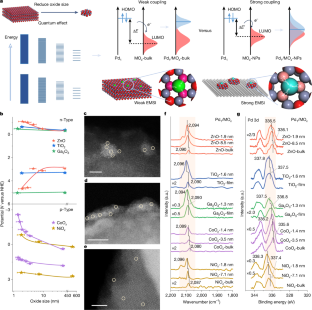2025-04-03 中国科学院(CAS)
<関連情報>
- https://english.cas.cn/newsroom/research_news/phys/202503/t20250328_908868.shtml
- https://iopscience.iop.org/article/10.3847/2041-8213/adb30b
中央分子領域の3つのプロトクラスターにおけるサブクラスター化と星形成効率 Subclustering and Star Formation Efficiency in Three Protoclusters in the Central Molecular Zone
Suinan Zhang (张遂楠), Xing Lu (吕行), Adam Ginsburg, Nazar Budaiev, Yu Cheng, Hauyu Baobab Liu, Tie Liu, Qizhou Zhang, Keping Qiu, Siyi Feng,…
The Astrophysical Journal Letters
DOI:10.3847/2041-8213/adb30b

Abstract
We present the highest-resolution (∼0.′′04) Atacama Large Millimeter/submillimeter Array 1.3 mm continuum observations so far of three massive star-forming clumps in the Central Molecular Zone (CMZ), namely 20 km s−1 C1, 20 km s−1 C4, and Sgr C C4, which reveal prevalent compact millimeter emission. We extract the compact emission with astrodendro and identify a total of 199 fragments with a typical size of ∼370 au, which represent the first sample of candidates of protostellar envelopes and disks and kernels of prestellar cores in these clumps that are likely forming star clusters. Compared with the protoclusters in the Galactic disk, the three protoclusters display a higher level of hierarchical clustering, likely a result of the stronger turbulence in the CMZ clumps. Compared with the mini-starbursts in the CMZ, Sgr B2 M and N, the three protoclusters also show stronger subclustering in conjunction with a lack of massive fragments. The efficiency of high-mass star formation of the three protoclusters is on average 1 order of magnitude lower than that of Sgr B2 M and N, despite a similar overall efficiency of converting gas into stars. The lower efficiency of high-mass star formation in the three protoclusters is likely attributed to hierarchical cluster formation.



